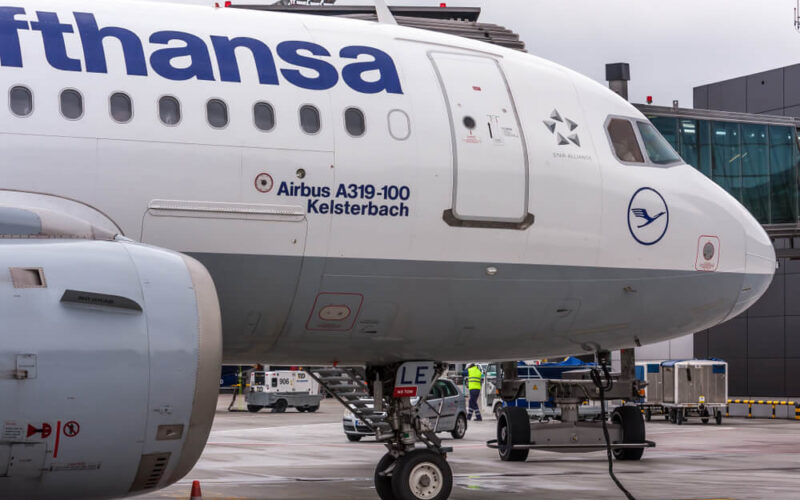The smallest available Airbus A320neo family jet, the A319neo, has been approved by the European Union Aviation Safety Agency (EASA) to fly with the Pratt & Whitney GTFT, the company’s official Twitter account states. Now, airlines are able to pick and choose their engine supplier for the aircraft, with the options being the CFM International LEAP-1A or the newly approved Pratt & Whitney PW1100G engines.
Flight testing began on April 25, 2019, when the A319neo, powered by the PW1100G, took off on its maiden flight. Previously, EASA and the Federal Aviation Administration (FAA) approved the same jet with the CFM LEAP-1A engines in December 2018. Following the latest certification, the whole A320neo family is approved with the two previously mentioned power plant options.
While the A320neo and A321neo are very popular, the same cannot be said about the A319neo: customers have signed up for 3880, 3142 and only 36 aircraft, respectively.
And there are two good reasons why the A319 has fallen from grace.
Competition from Quebec
Firstly, two Airbus aircraft are essentially competing with each other – the A319neo and the A220-300. Both aircraft are eerily similar, according to data presented by the manufacturer:
They have a maximum seating capacity of 160 passengers (a typical two-class layout seats between 120 and 150 travelers) and a maximum operating speed (Mmo) of Mach 0.82. However, the A220-300 is much lighter, while the A319neo can only travel 401 mi (646 kilometers) further: the former CSeries jet carries 1320 gallons (5,000 liters) less fuel, making its Maximum Take-Off Weight (MTOW) 12345.9 lbs. (5.6 tons) less than the A319neo (75.5 tons versus 69.9 tons), making it much more economical to operate.
At list prices, which Airbus last published on January 15, 2018, the A220-300 is also marginally cheaper by almost $2 million. However, these prices are just preliminary indicators of the final one that the airline actually pays.
The demand shows the fact that the A220-300 is the more desired jet: Airbus has amassed 431 orders for the Quebec-built regional jet, almost 400 more than the total orders for the A319neo, according to the latest Orders and Deliveries data published by the European conglomerate as of October 31, 2019.
Doing more with less
Another issue the A319neo has is the fact that with ever-increasing congestion in airports, which leads to difficulties in increasing capacity due to slot constraints, airlines are trying to do more with less.
One example is easyJet, the biggest customer of the A319, which has taken up more than 10% of the total deliveries of the type. Lately, the British low-cost carrier has swayed away from the smaller A320 family member and has focused on the bigger A320 and A321 aircraft instead. In its FY2019 results report, easyJet highlighted that it is up-gauging its fleet by increasing the average seats on its aircraft – from 172 seats in September 2018 to 175 in September 2019.
One additional example of airlines doing more with less is Austrian Airlines. The Vienna (VIE) based airline, which has recently come under heavy pressure from low-cost carriers in its home base, started to phase out its 16 De Havilland Canada Dash 8 Q400 turboprops with 10 Airbus A320 jets to reduce operating costs. Assuming the interior configuration stays the same as on current Austrian Airlines aircraft, the A319 would have barely increased the efficiency if it were to replace the outgoing Dash 8s:
Austrian Airlines configures the Q400s in a 76-seat setup, meaning a total of 16 aircraft add up to 1216 total available seats. Meanwhile, 10 Airbus A319 would result in a total of 1380 seats (Austrian Airlines currently flies seven A319s in a 138-seat configuration), while 10 Airbus A320 aircraft amounts to 1740 total seats, as the Vienna-based airline carriers 174 passengers on its A320s, barring few exceptions.
Thus, while the certification of the A319neo with an additional engine option provides more bargaining power with either P&W or CFM International, unfortunately, customers will be rather scarce. The operational efficiency of the A220-300, a direct competitor to the A319 due to its size, and current trends in the industry have pushed out smaller jets like the A319, or its cousin that did not get the new engine option, the Airbus A318.

